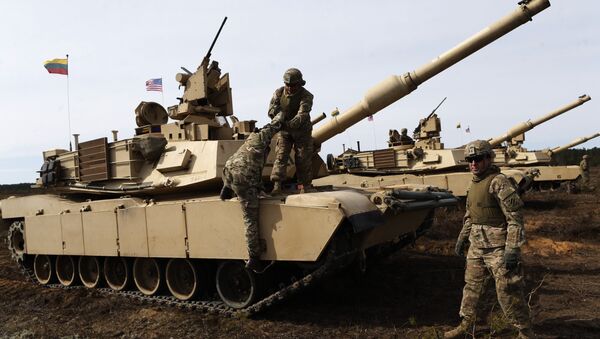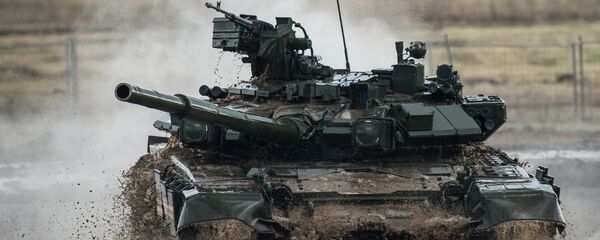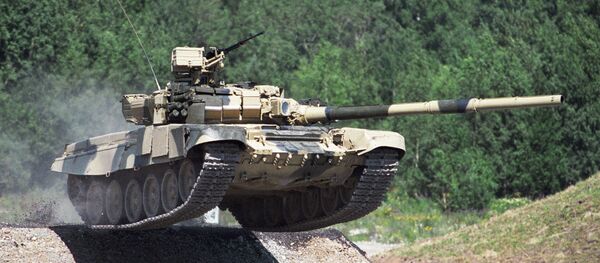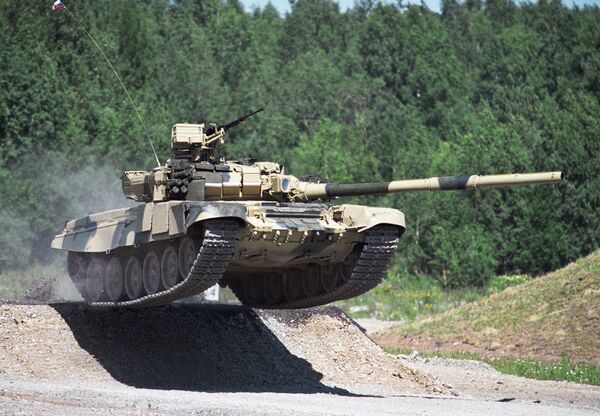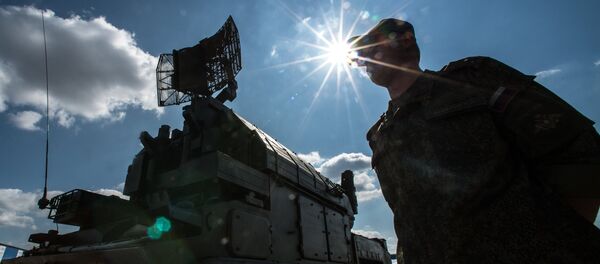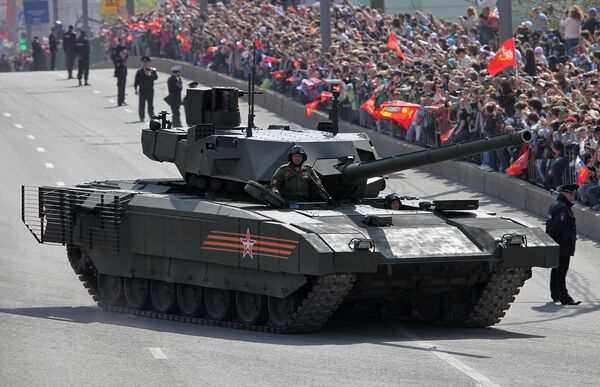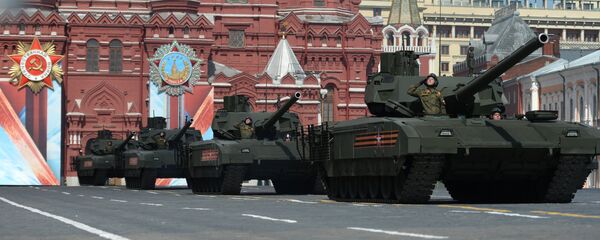Pentagon Admits the Problem
"I think the Abrams is still towards the top of its class in terms of combat systems, in terms of tanks. I think we have parity, I think there is parity out there," Murray told the United States Senate Armed Services subcommittee.
He underscored that since the end of the Cold War Russia has managed to close the gap with the US in terms of tank technologies.
I think the T-90 is probably pretty close [to the Abrams]," Murray said.
The Pentagon is considering the development of a next-generation tank, with the main requirement to be lighter than the Abrams (54 tons and higher, depending on modifications).
Murray noted that he was concerned that designers have not offered any breakthrough technologies to build a next-generation tank.
"What I worry about is, there is nothing on the near-horizon that indicates a fundamental breakthrough in technology where we can come up with a lighter tank," he said.
The admission of a technological gap in tank design is something new for the Pentagon. For several decades, the M1 was portrayed as a second-to-none battle machine. However, the lack in technology has grown too significant to be ignored.
Abrams versus Vladimir
Initially, the US planned to build a tank to beat the Soviet-designed T-72 which entered service in 1973. The development was conducted jointly by American and West German specialists. The Pentagon needed a replacement for its aging M60 Patton tank developed in the 1950s. Finally, the cooperation project was wrapped up and by 1979 Chrysler developed the M1 Abrams. The tank was named after General Creighton Abrams, commander of US forces in the Vietnam War. The M1 made its combat debut during the Gulf War in 1990-1991.
At the same time, Russia was finishing the development of the T-90 Vladimir tanks. The development began in the late-1980s and the first tanks were built in 1992. Having unveiled the new tank, Moscow narrowed the gap in tank design with Washington. Moreover, the T-90 was lighter (50 tons) than its American rival.
The armored bodies of the Abrams and the T-90 are massively reinforced in the front while their rear parts have weaker armor.
The first versions of the M1 were equipped with Chobham armor, a composite armor developed by British engineers. Later, the Abrams received a new special armor incorporating depleted uranium. In addition to the armor, some Abrams tanks are equipped with the AN/VLQ-6 protection device that can impede the guidance system of anti-tank missiles.
The T-90 has a dynamic protection system, including composite armor, explosive-reactive armor, smoke-grenade dischargers and the Shtora and Arena intercepting systems.
The main armament of the M1 is the M256 120-mm smoothbore gun. Its secondary armament includes one Browning 12.7-mm machine gun capable of hitting aerial targets and two M240 7.62-mm machine guns with a night vision device.
The T-90 is armed with the 2A46M-2 or 2A46M-5 125-mm smoothbore gun, two 12.7- and 7.62-mm machine guns and the Refleks-M guided-missile system.
There have been repeated attempts by experts and the media to compare the two battle machines. However, it is hard to decide the winner since the M1 and the T-90 are tanks of the same generation, encompassing the most advanced technologies of their day.
Possibly, the reason behind the Pentagon’s concern is the T-14, Russia’s next-generation main battle tank.
Next Generation
The T-14 Armata encompasses the most advanced technologies in tank design, including stealth technologies, the Afganit active protection system and Malakhit fourth-generation reactive armor.
The Afganit active protection system is a complex defense mechanism developed by the KBP Instrument Design Bureau. The system employs a combination of active phased antenna array radars and UV detectors to identify and track incoming projectiles, and mini-mortar systems which use fragmentation rounds to intercept and destroy incoming threats in midflight.
The tank's turret is unmanned and is operated by the crew located in an armored capsule at the front of the vehicle. Its main armament includes a 125-mm smoothbore cannon and a 7.62-mm remote-control machine gun.
In an interview with RT, Russian military expert Vladimir Yazikov said that Russia is not the only country currently developing next-generation tanks. A series of brand-new technologies are used in the French Leclerc tank. In addition, Israel and South Korea have formidable tanks.
As for the US, the main reason is that the Pentagon has long been focused on modernizing its expeditionary forces and the US Air Force.
"In the US, the majority of funds are spent on aviation and the Navy. These two military branches can be used to form an operative force. At the same time, the army receives less money. The US is a typical naval power," Viktor Murakhovsky, a Russian military expert and editor-in-chief of the magazine Arsenal Otechestva, explained.
Despite the fact that the M1 has been upgraded, the American tank cannot hold a candle to the Armata, according to the expert.
"American companies are not developing new-generation tanks because there have been no orders from the Pentagon. Some companies are conducting some R&D but no prototypes have been presented," Murakhovsky added.
Never miss a story again — sign up to our Telegram channel and we'll keep you up to speed!

